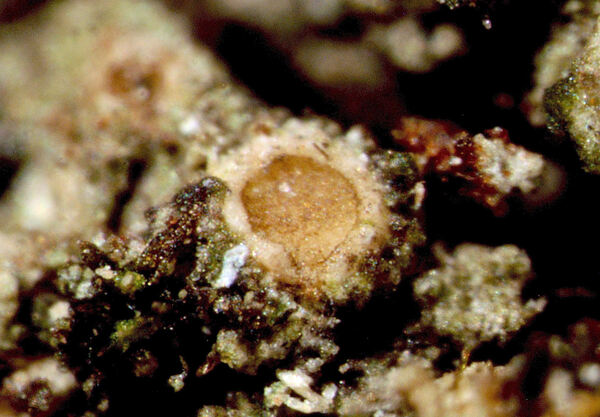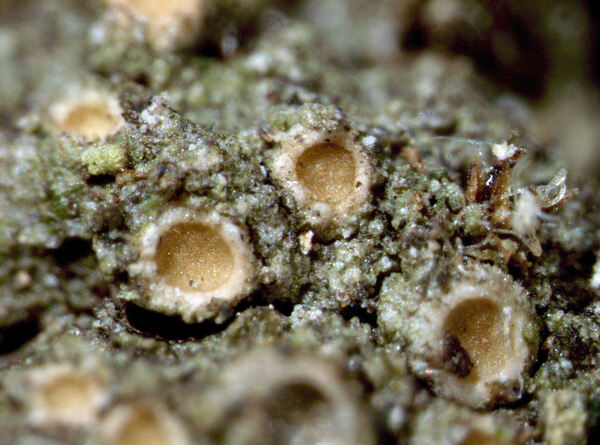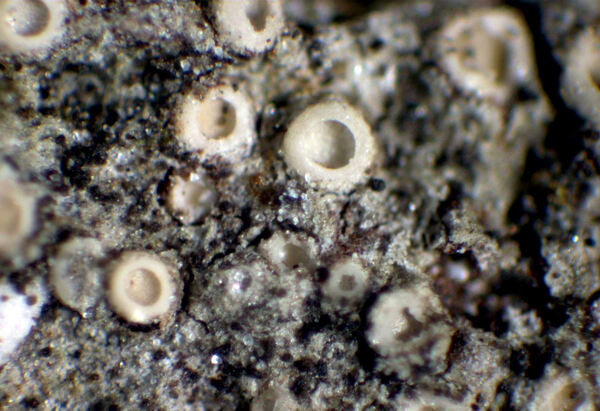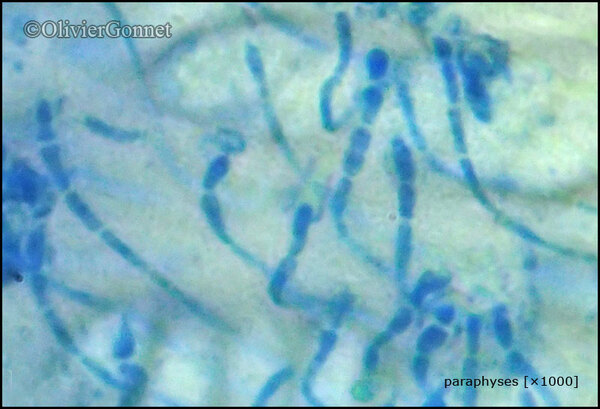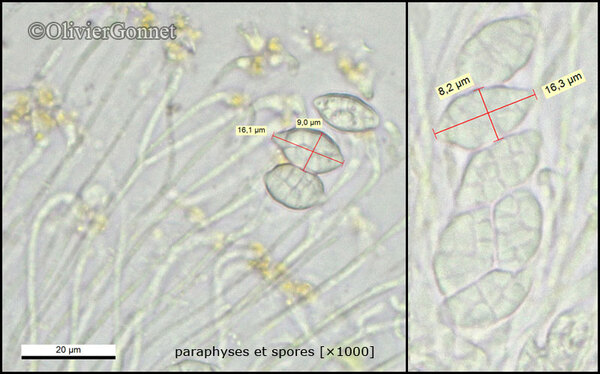Gyalecta liguriensis (Vězda) Vězda
Annot. Zool. Bot. Slov. Narodn. Mus., 13: 5, 1965. Basionym: Gyalecta truncigena var. liguriensis Vězda - Acta Univ. Agric. Sylvic. Brno, ser. C: 43, 1858.
Synonyms:
Distribution: N - Lig (Giordani & Incerti 2008). C - Tosc (Brunialti & Frati 2010, Fačkovcová & al. 2024), Marc (Frati & Brunialti 2006), Umb (Ravera 2000, Panfili 2000b, Ravera & al. 2006, Lich. Ital. Exs. 5: Puntillo & al. 2017), Laz (Ravera 2001, Massari & Ravera 2002, Ravera & al. 2003, Munzi & al. 2004, 2007, Ruisi & al. 2005, Roccardi & al. 2014), Mol (Caporale & al. 2008, Paoli & al. 2011, 2015). S - Camp (Ravera & Brunialti 2013), Pugl, Cal (Nimis & Puntillo 2003, Puntillo 2011).
Description: Thallus crustose, thinly episubstratic, grey to pale grey-brown, often inconspicuous and poorly evident. Apothecia scattered, urceolate, usually immersed, later sometimes becoming sessile, 0.1-0.3(-0.5) mm across, with a deeply concave, pale yellow-brown to ochraceous disc, and a prominent, smooth to (rarely) radially cracked, creamy to brownish or yellowish pink proper margin. Proper exciple colourless, c. 50 µm thick laterally, 10-20 µm wide at base; epithecium colourless, with orange-brown granules insoluble in K; hymenium colourless, inspersed with oil droplets, 100-120 µm high; paraphyses slightly longer than the mature asci, septate, capitate, the apical cells up to 3-4 µm wide; hypothecium colourless. Asci 8-spored, cylindrical to elongate-clavate, thin-walled, lacking an apical apparatus or tholus, K/I+ blue. Ascospores muriform, hyaline, citriform with pointed ends, 12-18 x 7-10(-12) µm. Photobiont trentepohlioid. Spot tests: K-, C-, KC-, P-, UV-. Chemistry: without lichen substances.Note: on bark of ancient trees in humid, sheltered situations in lowland areas; mostly Tyrrhenian and somehow coastal. It is included in the Italian red list of epiphytic lichens under the “Least Concern” category (Nascimbene & al. 2013c).
Growth form: Crustose
Substrata: bark
Photobiont: Trentepohlia
Reproductive strategy: mainly sexual
Most common in areas with a humid-warm climate (e.g. most of Tyrrenian Italy)
Commonnes-rarity: (info)
Alpine belt: absent
Subalpine belt: absent
Oromediterranean belt: absent
Montane belt: absent
Submediterranean belt: extremely rare
Padanian area: absent
Humid submediterranean belt: extremely rare
Humid mediterranean belt: very rare
Dry mediterranean belt: absent

Predictive model
Herbarium samples
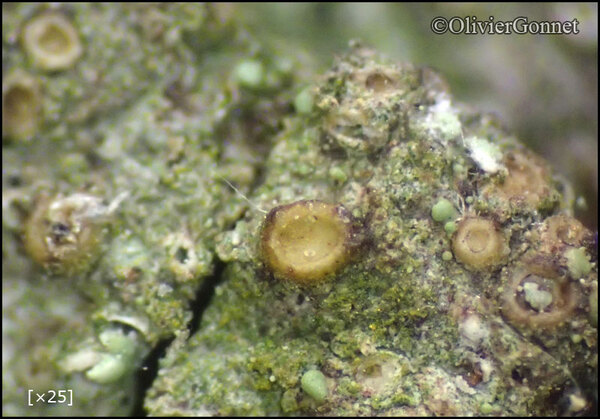
Courtesy Danièle et Olivier Gonnet - Source: https://www.afl-lichenologie.fr/Photos_AFL/Photos_AFL_G/Gyalecta_liguriensis.htm
France, Bois de la Garoupe, alt. 80 m - Antibes - Alpes-Maritimes
3/10/2017
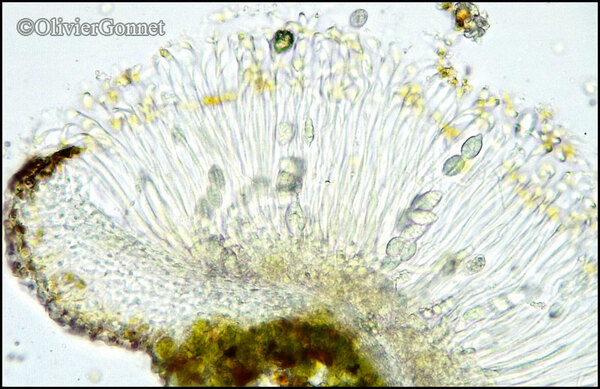
Courtesy Danièle et Olivier Gonnet - Source: https://www.afl-lichenologie.fr/Photos_AFL/Photos_AFL_G/Gyalecta_liguriensis.htm
France, Bois de la Garoupe, alt. 80 m - Antibes - Alpes-Maritimes
3/10/2017
Growth form: Crustose
Substrata: bark
Photobiont: Trentepohlia
Reproductive strategy: mainly sexual
Most common in areas with a humid-warm climate (e.g. most of Tyrrenian Italy)
Commonnes-rarity: (info)
Alpine belt: absent
Subalpine belt: absent
Oromediterranean belt: absent
Montane belt: absent
Submediterranean belt: extremely rare
Padanian area: absent
Humid submediterranean belt: extremely rare
Humid mediterranean belt: very rare
Dry mediterranean belt: absent

Predictive model
| Herbarium samples |

Courtesy Danièle et Olivier Gonnet - Source: https://www.afl-lichenologie.fr/Photos_AFL/Photos_AFL_G/Gyalecta_liguriensis.htm
France, Bois de la Garoupe, alt. 80 m - Antibes - Alpes-Maritimes
3/10/2017

 INDEX FUNGORUM
INDEX FUNGORUM
 GBIF
GBIF
